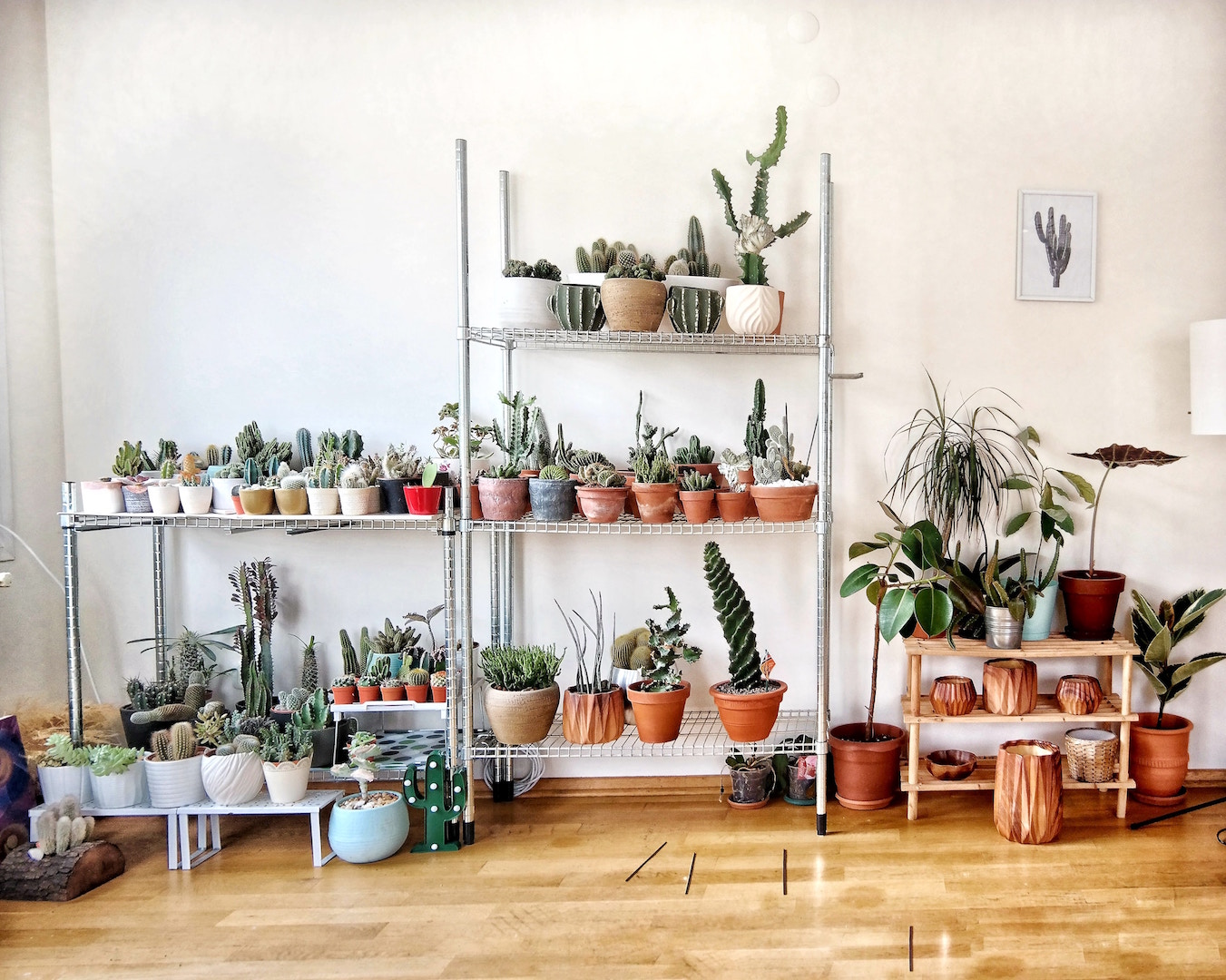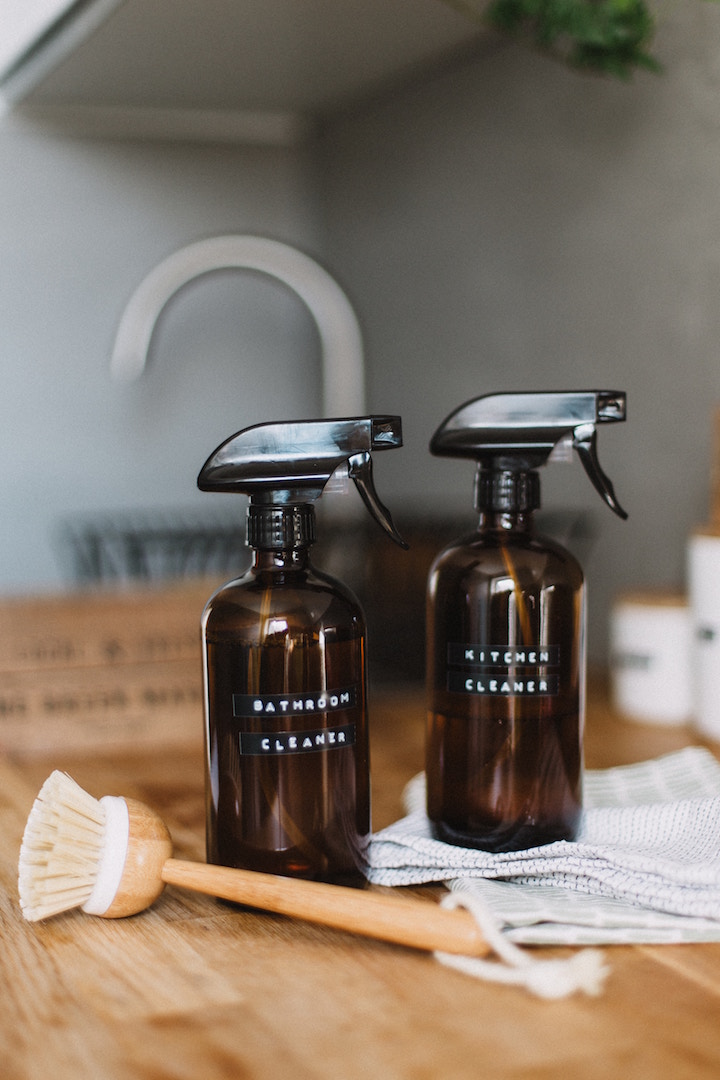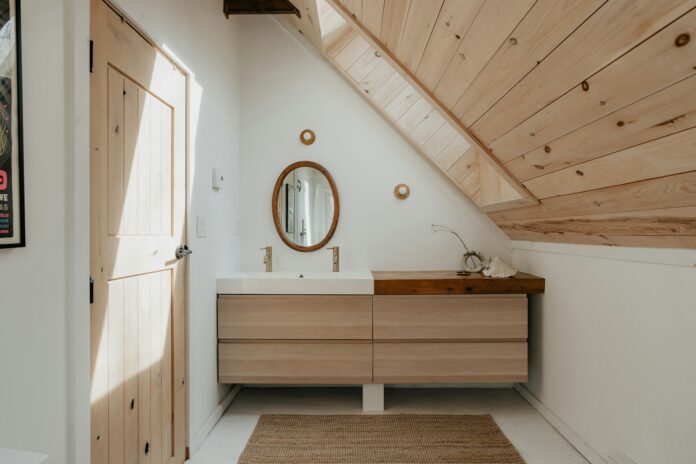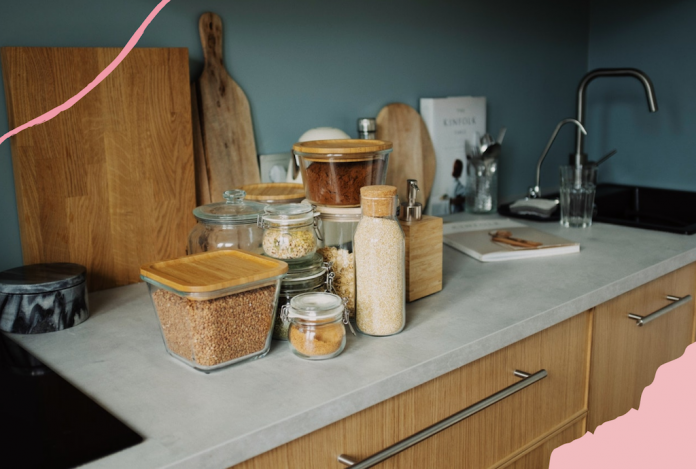Here’s a damning stat when discussing the Great British weather, which as Brits, we’re sure you’re doing right now; adults here spend an almighty 92% of their time indoors. Great, you say, no air pollution for me, now where’s my duvet? But this would be folly; in fact, poor quality air can affect the interior space almost as much as its impact when you’re outdoors. Time to smarten up then, both in your knowledge and your home. Here’s how; our 4 IDEAL ways to combat air pollution at home.
IDENTIFY THE CAUSE OF THE PROBLEM
Many problem areas contribute to increased air pollution inside a house. In old homes, for example, asbestos may still be present in insulation, walls, and furniture. Although the notorious material is a well-known health hazard, a lot of it still ends up getting used in household supplies and building materials. Ordinary cleaning chemicals are also sources of air pollution. These chemicals may contain formaldehyde, which can cause significant health problems. Also contributory are gaps in window and door frames; sometimes not perceptible to the naked eye, but wide enough to allow polluting air in from the street.
IMPROVE AIR VENTILATION
Improving the ventilation in your home is one of the easiest ways of achieving better air quality. Have your HVAC system checked and cleaned at least twice a year to stay on the safe side. What’s more, clean air filters regularly to increase airflow, especially if you depend on artificial ventilation. When the weather’s mild, keep windows open to allow outside air in (provided you’re not looking out on busy road, of course). Bathrooms, basements, and other closed-in areas should also be aired out regularly to prevent mould growth.
‘GREEN’ YOUR INDOOR SPACE WITH PLANTS
Plants not only look great around the house, but they also serve as natural air filters. If you want to incorporate green air technology into your home’s interior design, the best option is to install a living green wall; a solution which offers visual appeal and cleaner air. Two birds, one stone, yes please.
If a green wall is a little out of your budget, you can always introduce potted plants around the house, which is an inexpensive alternative. Choose plant species that are known to absorb chemicals and air pollutants if you’re dedicated to lighter breathing. If you have kids, pets or both, make sure also to check if the plants you’re investing in are safe. Some, such as cactus plants and English ivy, come with a warning. Read a little more about that over here.
SCRUTINISE YOUR PAINT, CLEANING CHEMICALS AND EVEN FURNITURE
Paint is another common source of indoor air pollution, so if you’re looking to freshen up your home with a lick of paint, be discriminative about products that do or do not contain volatile organic compounds. Fortunately, many paint manufacturers today have adopted green practices and are making efforts to come up with products that are safer for the environment as a rule. Good stuff and long may it continue. Similarly, buy only cleaning materials that are made with natural ingredients. Furniture should also be made with organic and sustainable materials such as bamboo and other natural fibres. Now, breathe….








